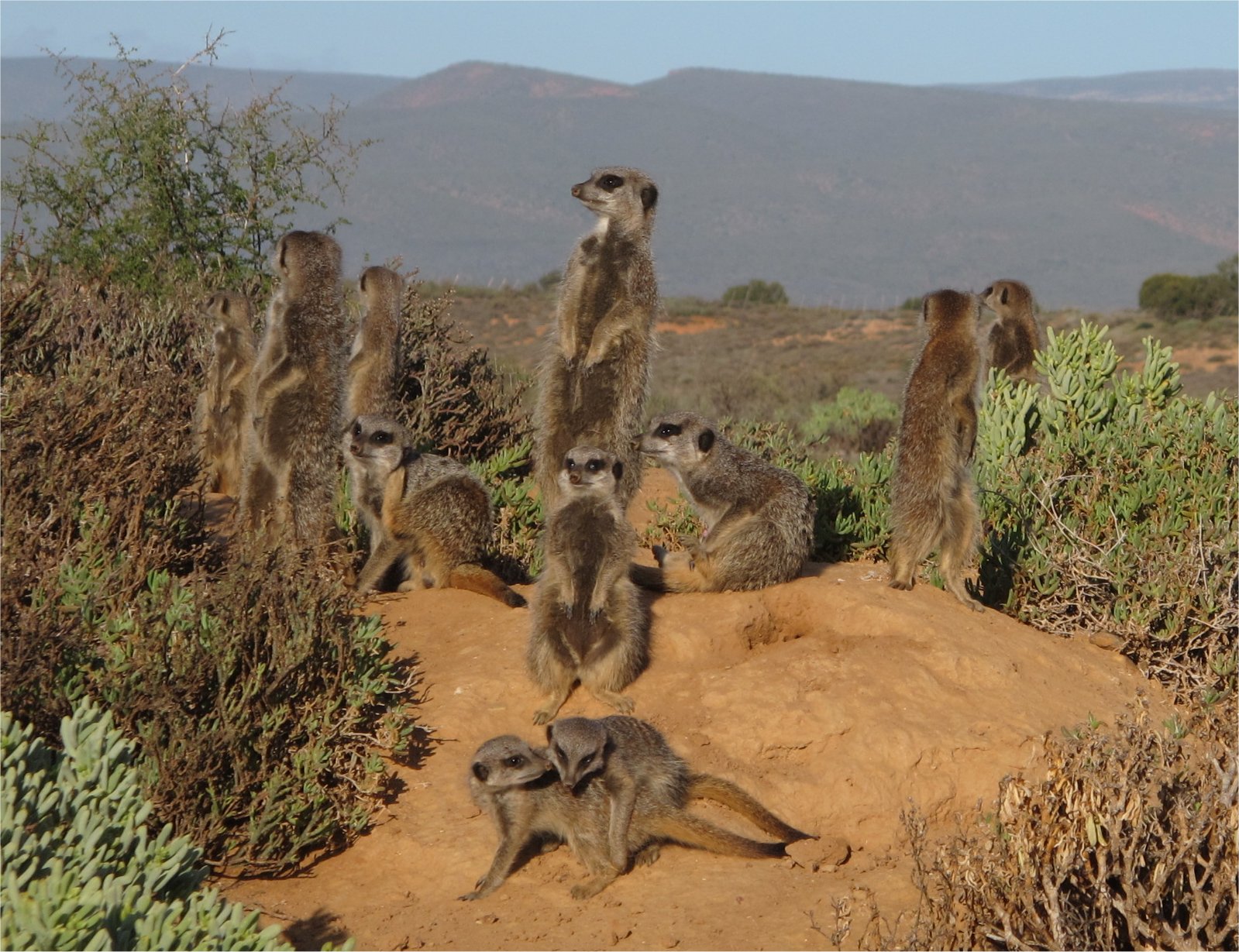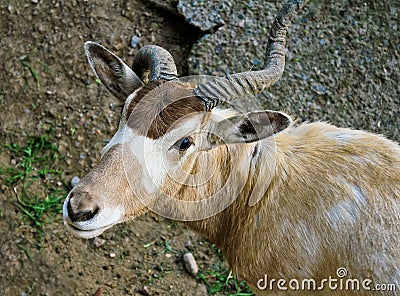
http://www.amazingthailandholidays.com/fr/koh-samui/tours-trips/dolphins/pink-dolphins-discovery/
Scientific
name: Orcaella Brevirostris
Fact:
The Irrawaddy Dolphin is a slow moving species and can reach a
speed of 25 miles per hour. They aren't well known for bouncing
around and doing general dolphin things however they have been seen
bounding out of the water from time to time
Length:
5.9-9 Feet
Weight:
198-440 Pounds
Lifespan:
5-32 years
Natural
habitat: Lakes, Rivers, Estuaries and Coasts (specifically the Mekong
River)
Sexual
maturity: 4-9 years of age
Gestation:
9-14 months and produces one offspring about every 2-3 years
Litter:
1
Predators:
HUMANS
Threats:
Water poisoning, collisions with boats and getting caught up in nets.
Also the potential building of the Don Sahong Dam (see the post I
wrote about this here: http://jessiegirl-wildaboutanimals.blogspot.ca/2014/07/irrawaddy-dolphin-and-don-sahong-dam_23.html )
Diet:
Fish, Eggs, Mollusks, Aquatic crustaceans
Interesting
facts: The Irrawaddy Dolphin is like other dolphins a warm blooded
mammal meaning they give birth, make milk and breath air. They are
protected animals and the hunting of them will result in fines and
jail time. The longest time recorded for a Irrawaddy dolphin to hold
it breath is 6 full minutes. Also like other dolphins they do use
echolocation to navigate their way around and locate food. They have
a rounded head that looks as if they were related to the beluga whale
although they are much closer related to the orca whale. They feed
together in groups of less then 6 but can be as many as 15 dolphins.
They are well known to spit water in order to herd up fish. In some
places fisherman will convince the dolphin to heard up fish in to
their nets and that dolphin also benefit as they catch any of the
confused or dazed fish that don't make it into the net.
Endangerment
statute: Critically endangered (highest endangerment status)
Want
to help: Sign the petition to keep from the building of the dam that
will lead the their extinction




